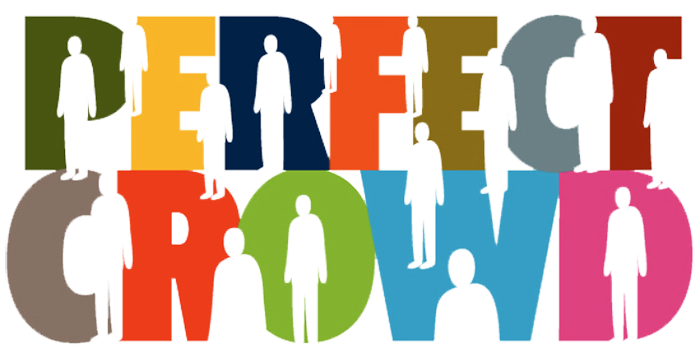Sometime in early March 2020, I joined my first video call with Míla Č. I’d seen Míla in person several times in conference rooms, so I was struck by how differently she behaved. Míla was exaggerating her facial expressions and seemed altogether affected. Like watching an overlit teenage YouTuber’s face. She laughed more, thought more, occasionally widened her eyes—much more. She wasn’t looking at the camera or at the charts I’d sent her. She had a strangely fascinated expression. She was looking at herself.
We’re used to it now, but if you Skyped before 2020, you were probably surprised by how static and emotionless your face appeared. Our expressions don’t correspond to our feelings at all. How come when I’m surprised, I don’t bug out my eyes with my mouth hanging open like Joey from Friends? How come my mouth isn’t stretched from ear to ear when I feel amused? Why do I look like an idiot precisely when I’m concentrating hard? In short, your video call counterpart is mugging for the camera, trying out expressions, and ignoring you with fascination.
The belief that we can read human emotions from bodily expressions is, according to Malcolm Gladwell, one of the delusions of our time that costs many lives. Body language cannot be reduced to universal schemas. Our inability to gauge someone’s emotions contrasts with our confidence that we know how people feel from their body language and expressions. Something like universal body language is nonsense. We’re simply too different as humans. What we might interpret as clearly hiding lies could be simple stage fright. Paralysis can look like disinterest and coldness. And humble, modest behavior can easily be performed by a calculating psychopath before a jury. People don’t behave like TV characters—except for those who are playing out a show in their heads and have cast you in the plot without your consent.
Feeling itself is culturally and historically conditioned. It’s not some biological constant. While marketing research tries to reduce emotions to twelve or even six, our brains mix hundreds of different feeling cocktails from chemicals. What we call basic universal emotions in research are actually just reactions to danger. For example, laughter is a biological reaction to suddenly identified uncertainty that isn’t actually dangerous. That’s why repeated jokes are always awkward.
We can’t name most emotions, let alone become aware of them. Only naming the emotion itself leads to actually experiencing it. Including love. For instance, Goethe described torn lovesickness through the suffering of one Werther. His bestseller caused that generation of adolescents to discover torn lovesickness in themselves too, triggering a wave of young suicides. Against our view of emotions, the experience of emotions changes throughout history. For example, sadness was considered a desirable emotion in the 16th century and a key to an active lifestyle.
Emotions have become a fetish for market research, like Jung’s archetypes. The claim that emotions are behind everything is possibly true, but also about as useful as claiming that rational efforts to satisfy needs are behind everything. It’s the useless truth of an economist taught to look for universal principles in everything, just replacing homo economicus with homo emotionalis.
Marketers squeeze emotions in good faith. And big plans need big feelings. The entire marketing budget is spent building barriers between customer and service. The material is overblown joy, emotion, pride, and other cocktails we brew because we have recipes for them. Don’t feel enough excitement and joy? Then maybe you’re not good enough for our brand.
What makes sense of most brands’ existence is actually an emotion that researchers don’t know they’re measuring. So-called brand awareness measures fear. Specifically, fear of the unknown and otherness. It’s human laziness and good old xenophobia that protects all those peloton leaders in the spontaneous awareness race from intruders among market newcomers.
